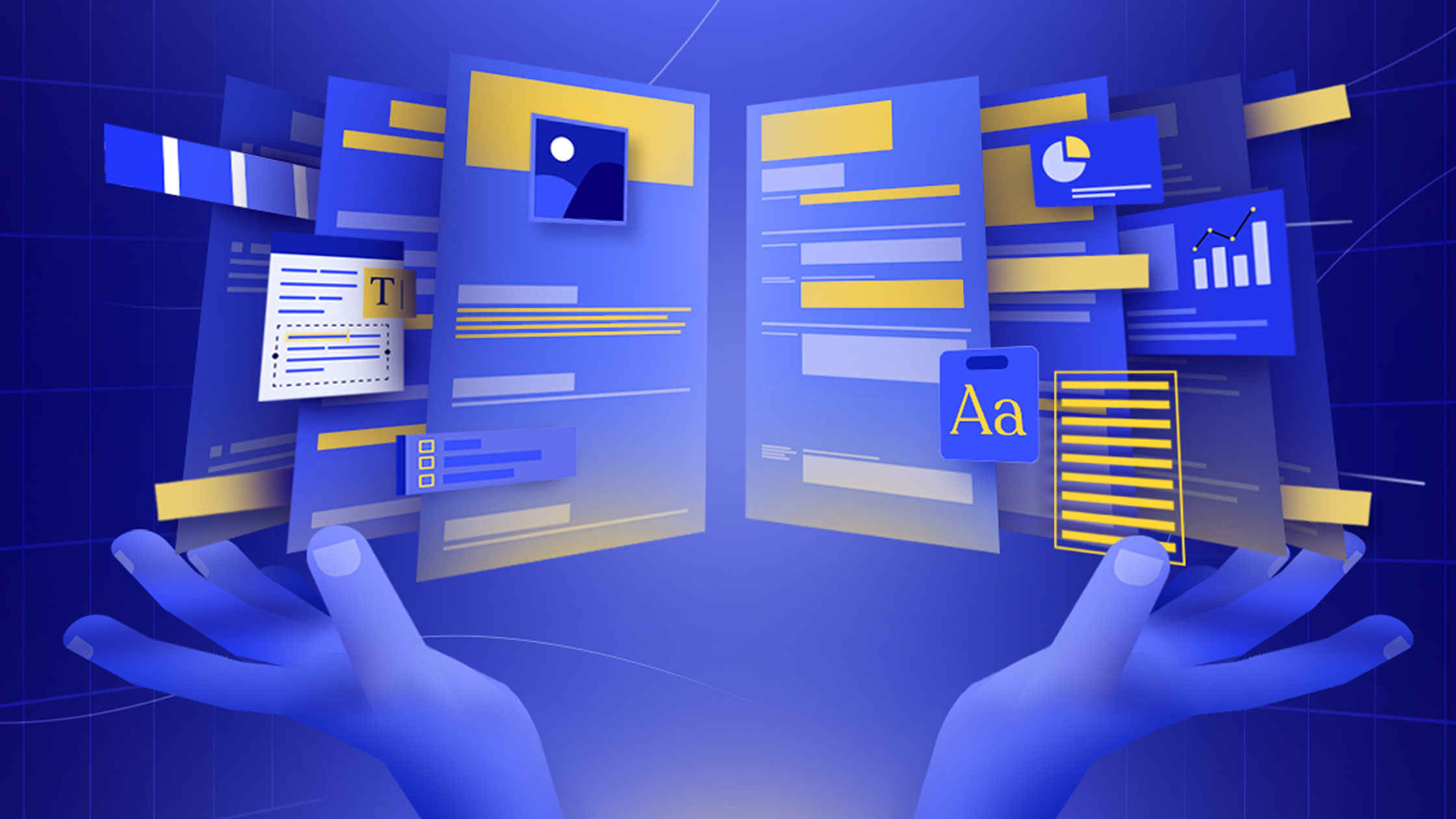Duolingo is a free language learning app that has gained immense popularity worldwide, boasting over 1 billion downloads and 54 million monthly active users. With its gamified learning and a wide range of courses, Duolingo has become the most popular language app on the market.
Duolingo offers courses on music, math, and 43 languages, ranging from English, French, and Spanish to less commonly studied languages such as Welsh and Irish.
Amidst the multitude of language acquisition apps, what distinguishes Duolingo is its unwavering commitment to an interdisciplinary approach to combining psychology and design. A distinctive design style, enriched by well-crafted interactions and gamified learning algorithms, has propelled Duolingo into a league of its own.
In this article, we discuss how Duolingo has utilized motion design and animations at various stages to foster more engaged learning.
Inside Duolingo’s Universe
Duolingo features 10 animated characters which provide feedback, encouragement, and guidance throughout lessons.


Duolingo bases its design decisions on the Octalysis Framework which focuses on the core drivers of behavior. At each stage of the framework, Duolingo enhances the experience through visual feedback, interactive elements, and dynamic challenges.
A rich learning experience that utilizes psychology and design is more likely to drive higher engagement and retention in customers. This repeated user interaction leads to better learning outcomes.
How Duolingo is combining gamification and design for their learners?
Duolingo has a tough mandate: motivate people to do something difficult, time-intensive, and mentally taxing, all the while convincing them to come back tomorrow and do it all again.
Sean Chin, a designer at Duolingo, phrases it best: “At the end of the day, we’re trying to encourage people to do something that’s intrinsically difficult. Learning a language is not easy. That’s why we have to introduce all these mechanics to incentivize learning through gamification”.
Progress Tracking & Celebrations
For progress tracking, Duolingo uses the development and accomplishment approach from the Octalysis framework - which states that people are driven by a sense of growth toward a goal and accomplishing it.
Duolingo achieves this by breaking challenges into gamified stages, made more exciting with characters and animations.


Interactive Feedback
Yu-kai Chou likens the creative empowerment and feedback elements of gamification to building with Lego blocks. In this analogy, users become more engaged in the creative process as they experiment with various combinations. This approach allows them to receive the feedback they desire and experience the outcomes of their creativity.
Based on this principle, micro-animations in the Duolingo app provide immediate feedback, such as correct answers, progress indicators, and rewards. These animations reinforce positive learning behaviors and encourage continuous engagement.
These animated transitions between lessons and activities enhance user experience, reducing cognitive load and making navigation seamless.

Streaks
The Loss and Avoidance Pillar is simply motivating through the fear of losing something or having undesirable events transpire. It goes hand in hand with Ownership and Possession, where something you once earned could be taken away.
Duolingo started Streaks to encourage their user to continue using the app. A streak is the number of days in a row you have completed a lesson. Once the user completes a lesson through the app or web, their streak will increase by 1 day and they will receive daily rewards. The streak status is shown through animations which motivates the user to keep going.

Source: Duolingo
Leadership boards
Social Influence and Relatedness is a Right Brain Core Drive that bases its success on the common, and sometimes inevitable human desire to connect and compare with one another. When utilized properly, it can serve as one of the strongest and long-lasting motivations for people to become connected and engaged.
Leaderboards are the perfect application of the social influence and envy pillar of the Octalysis framework. Duolingo allows its users to see their friends’ progress and their positions on league boards. The app ranks users weekly by experience points, promoting top performers and demoting the lowest. When a user is promoted or demoted in the league board a motion graphic appears on their screen as a notification about their performance. This approach motivates users for consistent practice.


Limited Time Events
There is a natural human tendency to want what we cannot have. Scarcity and impatience are the drive that motivates us simply because we cannot obtain something immediately, or because there is difficulty in obtaining it. This pillar can sometimes overlap with FOMO (Fear of missing out), where users worry about losing progress or missing out on something great.
Duolingo’s ramp-up challenges allow users to earn XP points quickly. They added a time limit to the XP Ramp Up Challenge, so the users only have the next 21 hours to earn bonus XP.
Throughout the ramp-up challenge, Duolingo uses animations and motion design components to keep the user engaged.
Impact of Gamification and Inclusive Design on Duolingo
Duolingo’s innovative blend of gamification and inclusive design proves that strategic design leads to better ROI. With over 500 million registered users and 21.4 million daily active users, their design approach effectively maintains high user activity. On average, users spend 15 minutes and 39 seconds per day on the app. Their use of psychological insights and thoughtful design has boosted engagement and established a sustainable model for educational technology.
Costs less than agencies.
.svg)






.svg)


